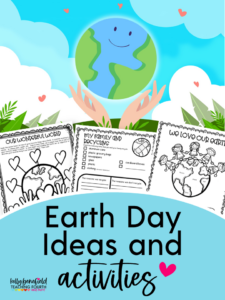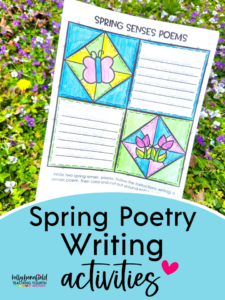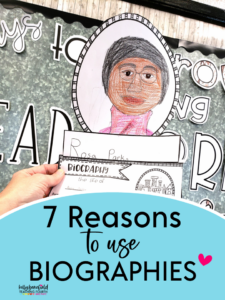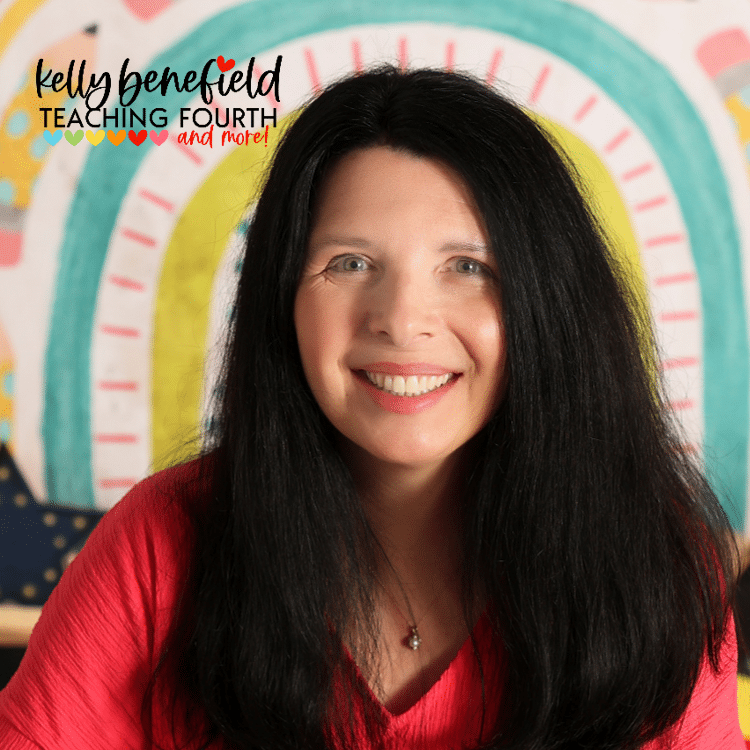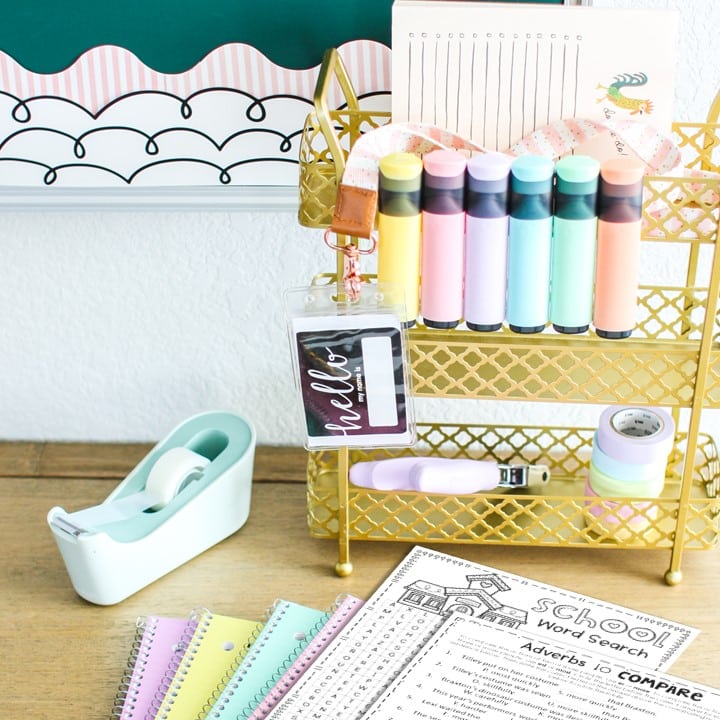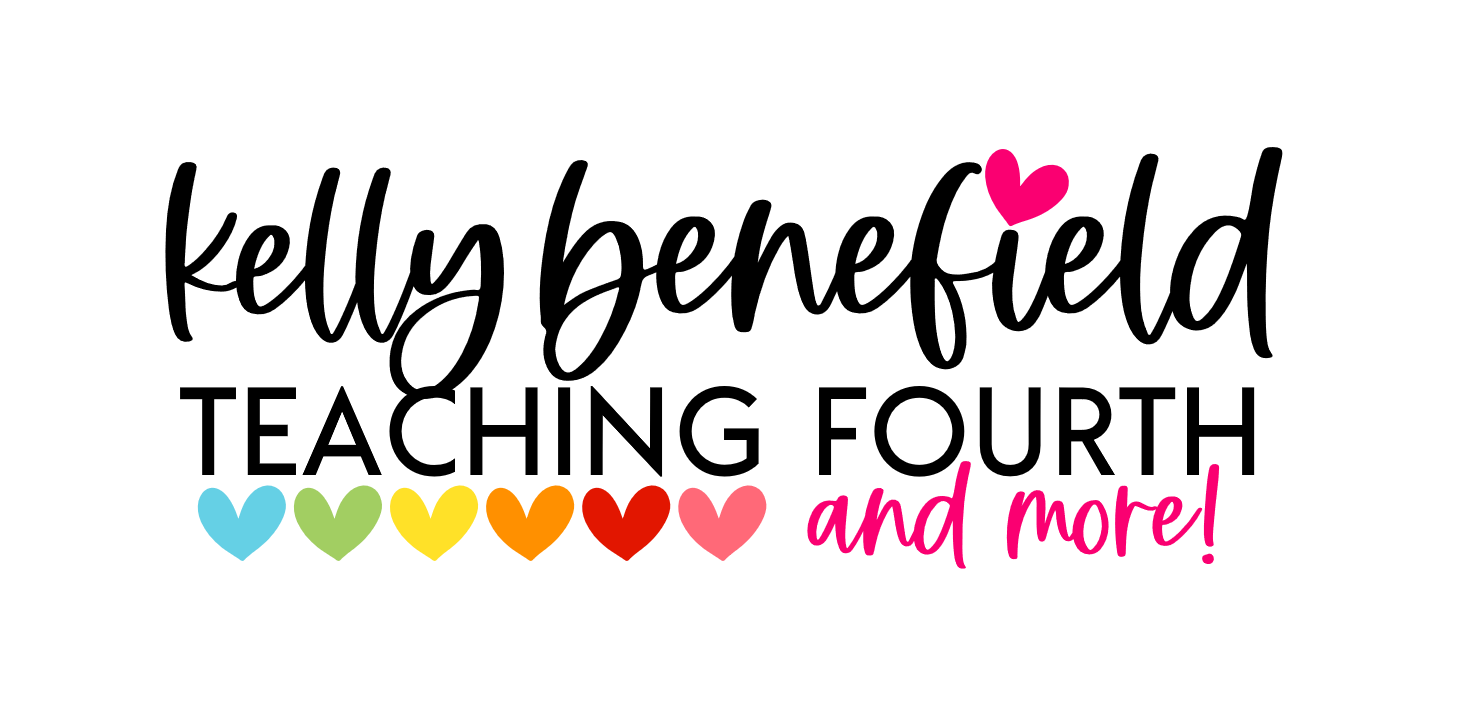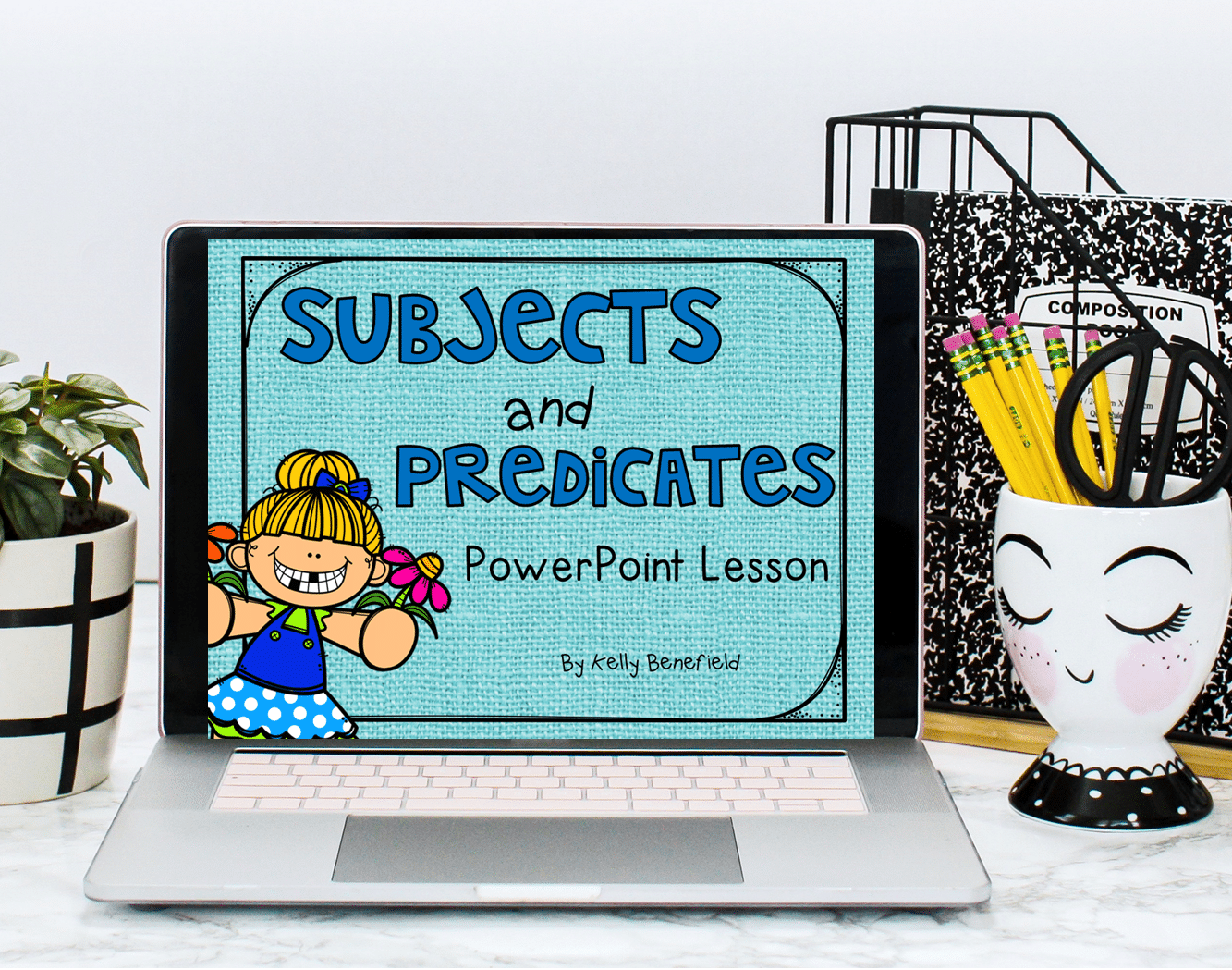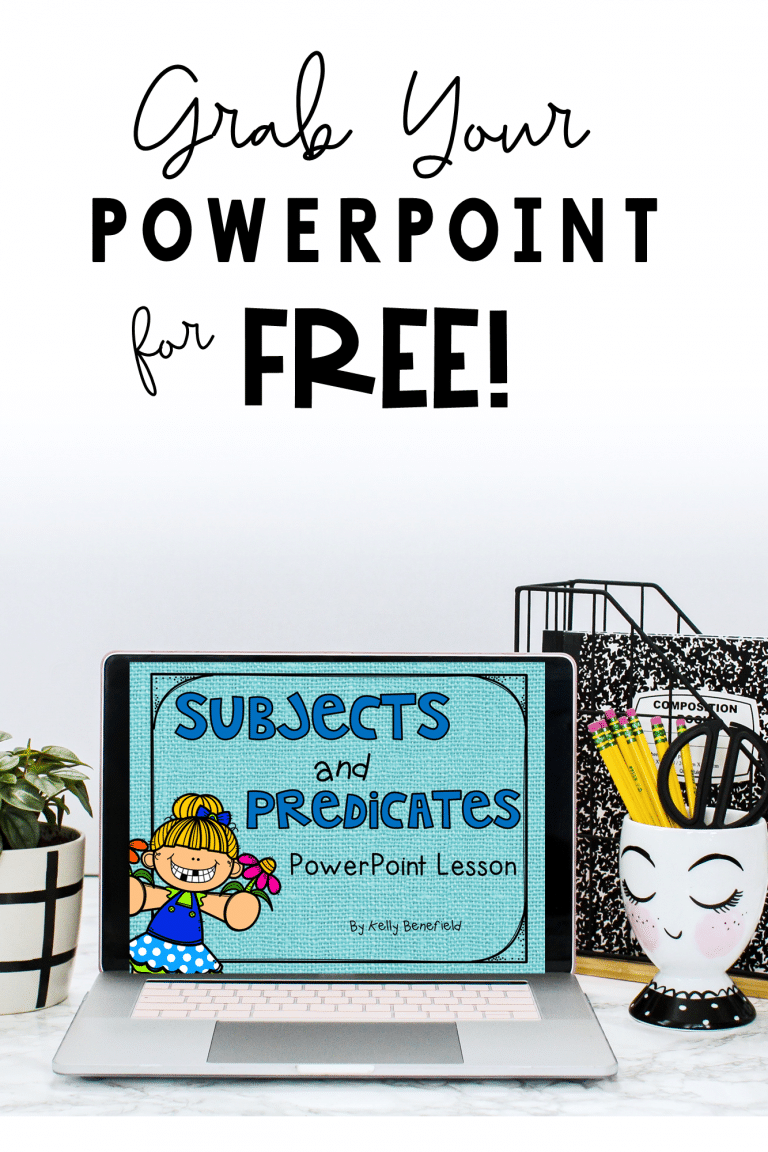A Winter Reading Lesson for Upper Elementary Using Picture Books, a Reading Passage, and a Simple Similes Activity
Here in the South where I live and teach, snow is not a common winter event, so when it does snow, or there is potential for snow, our students get a little excited. I knew that a snowflake themed lesson would be the perfect way to engage my students and create a little excitement over our reading and learning. I used these lessons during our short week back from Christmas break, but they could be incorporated anytime during the winter season.
To introduce our snowflake theme, I began with some wonderful picture books about snow. There are many wonderful choices, but I chose to use Snowflake Bentley by Jacqueline Briggs Martin, and Snow by Cynthia Rylant.
I first read Snowflake Bentley. As I read, I modeled my thinking and we discussed this amazing man and his photographs.
Next, I used the nonfiction article “Cool Prize” from Readworks.org. (There is also a fabulous lesson for Snowflake Bentley that you may choose to use on this website.) If you don’t already have a free membership to Readworks, it is very easy to join, free, and packed with amazing articles, lessons, and passages with question sets. My students “chunked” the text “Cool Prize”, which means that we broke down the article as we read it in order to read closely and understand the text. This is a guided whole group lesson that helps students read with purpose. I have included the directions and questions that I gave to my students as we broke this text down, but of course, you can guide your students to search for key information or ask skills related questions that best meet the needs of your students.This is a strategy that my students and I love.
Here is how I chunked this passage:
We numbered the paragraphs. Then students followed the directions below.
1. After reading paragraph 1 silently, predict what you think this passage will be about, and write your prediction in the margins. (Once students are finished, we stop and discuss.)
2. After reading paragraph 2 silently, circle who this paragraph is about, underline what he is doing (the main idea), and number the steps in the process. (When students are finished, stop and discuss.)
3 and 4. After reading these paragraphs, underline the honor that Libbrecht received and circle the reasons why he received it.
5-9. Before reading the section Winter Wonders, we discussed the text feature of bold faced words. Students found the word artificial. Then they skimmed the text for clues to its meaning and circled these clues. We then discussed their findings. Next, they found the word water vapor, skimmed the text, and circled clues for its meaning. We then discussed. We repeated this for the last two bold faced words. I then had students to partner read this section.
10-15 Snow Days. Students read this section silently and wrote two facts in the margins that they learned. When everyone finished, they turned to their partner and shared their facts.
Frosted Flakes– We discussed this play on words. Then we choral read the paragraph. Next we discussed the text feature, a chart.
I chose to stop my lesson here. Students simply read the rest of the passage with a partner. After reading the remainder of the passage, we then watched a wonderful video clip on Discovery Education called “Snowflake”. This shows Dr. Libbrecht photographing snowflakes. If you don’t have Discovery Ed., or if you would like to show another video clip this video clip from youtube is another great choice that goes along with “Cool Prize” that you may wish to show.
Next, in our journals, we compared and contrasted Snowflake Bentley and Libbrecht, the scientist in “Cool Prize.” Students simply drew a Venn diagram and wrote similarities and differences.
The following day, I read aloud the book Snow by Cynthia Rylant and discussed figurative language found in this book. This book contains several similes and examples of personification. I then reread the two examples of similes found in Snowflake Bentley. My students then created Snowy Similes posters. We simply took a large sheet of white construction paper, folded it in half 3 times, and opened it back up to create 8 sections. In the first section, students wrote Snowy Similes. In the remaining spaces, students created 7 similes about snow or winter and drew pictures for each. These turned out so cute and look fabulous displayed in the hallway.








